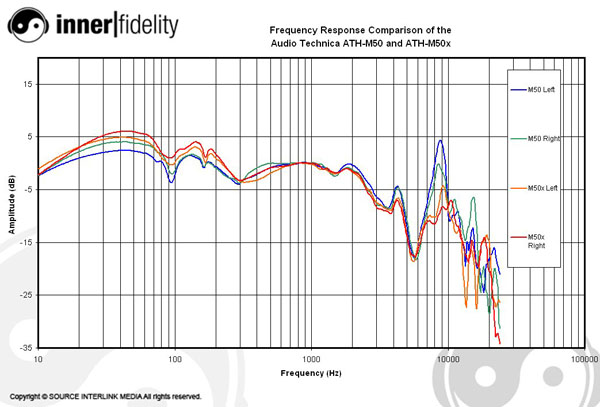The way it's done in production when a new speaker is introduced is they will build a small batch - say 50 - then sweep each
one to find the BMA unit. Best match to average. Usually you take the 3 closest to average and one goes to QC, one to the test
booth, and then one gets stored away for future reference.
Take the BMA unit and run a curve. Then you make a pass/fail window of however many +/-dBs are allowed.
Usually it'll be +/- 2dB in the main operating range and then most likely +/- 3dB at the upper and lower ends.
The most important thing for your test is eliminate all variables other than the speaker. Your best bet would be not to use a mic
and instead electrically record a frequency sweep plot. You don't need a cab for this either.
EDIT: this is wrong. you'll need a mic for Fr but not for an Impedance curve. You do not need a cab for either test.
Is this the Wizard you have?
https://www.roomeqwizard.com/

